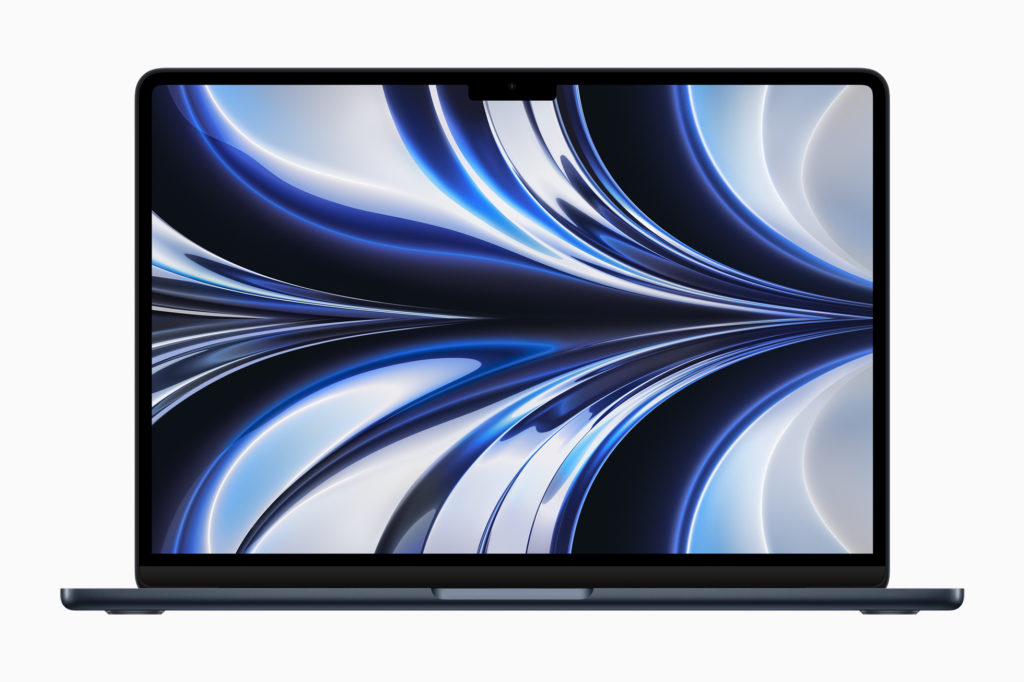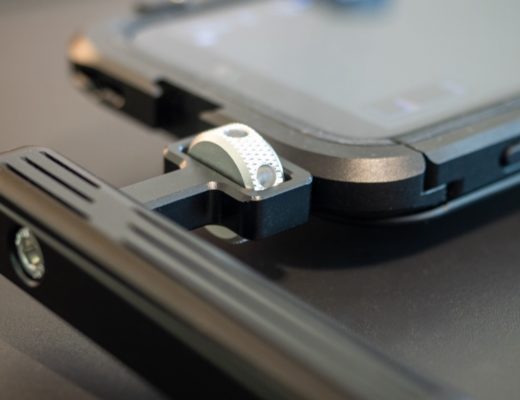Apple’s World Wide Developers Conference kicked off on Monday with the customary keynote address that previewed upcoming versions of Mac OS, iOS, iPad OS and WatchOS. New hardware includes a new version of Apple silicon with the announcement of the M2 chip, an updated 13-inch MacBook Pro and an all-new MacBook Air. While the WWDC keynote is often a big place for new products it isn’t always an earth-shattering event for those in the video editing and post-production. While Apple says that the new M2 chips are “the second generation of M-series chips” there currently do not look to be the upgraded chips we’ve seen in the M1 line with the M1 Pro, M1 Max and M1 Ultra. Those will probably come in time as these chips all have to start somewhere.
Here are the official links to everything Apple announced today. If you’re in the Apple ecosystem I’d suggest reading over some of the announcements. iOS 16 looks to be a nice update. As does iPadOS, especially one thing in there that I’ll talk about in a bit.
And you can watch the whole keynote as well.
M2 is the next generation of Apple Silicon
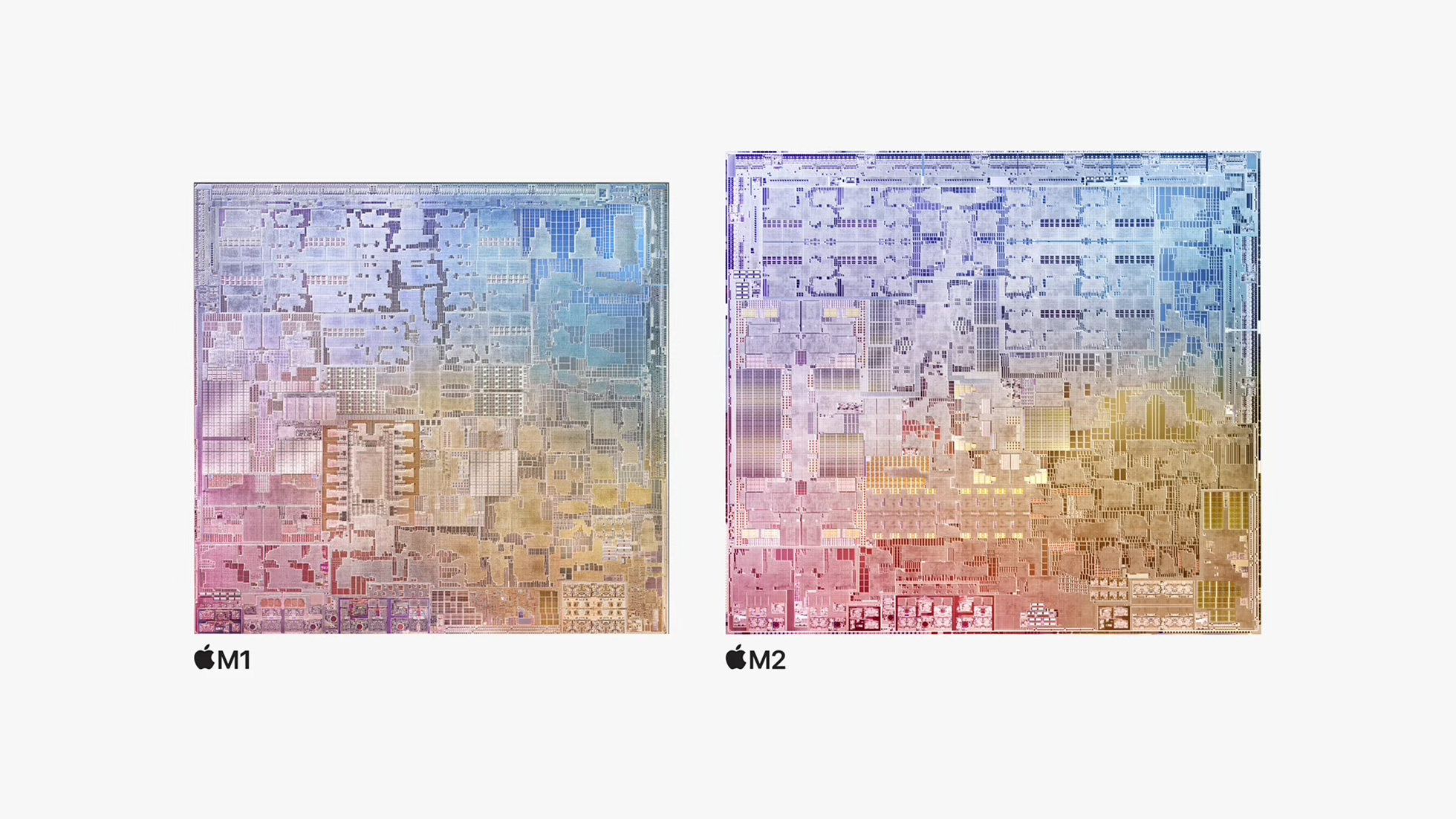
These new M2 chips still retain the advances that media creation folks will use:
- The Neural Engine can process up to 15.8 trillion operations per second — over 40 percent more than M1.
- The media engine includes a higher-bandwidth video decoder, supporting 8K H.264 and HEVC video.
- Apple’s powerful ProRes video engine enables playback of multiple streams of both 4K and 8K video.
- Apple’s latest Secure Enclave provides best-in-class security.
- A new image signal processor (ISP) delivers better image noise reduction.
The question the Apple faithful are wondering about is whether the M2 chips will be the chips to power the upcoming Mac Pro. There had been speculation that a new Mac Pro would at least be previewed at this WWDC keynote but that didn’t happen.
New MacBook Air and an updated 13-inch MacBook Pro
The big hardware introduction was the new MacBook Air which has been redesigned around the M2 processor. The wedge shape of the old MacBook Air is gone so it might feel a bit bigger but it sure does look like a nice machine. My wife has used a MacBook Air for years and they really do seem like the perfect laptop for so many use cases. Maybe even more so with the new M2 chip.
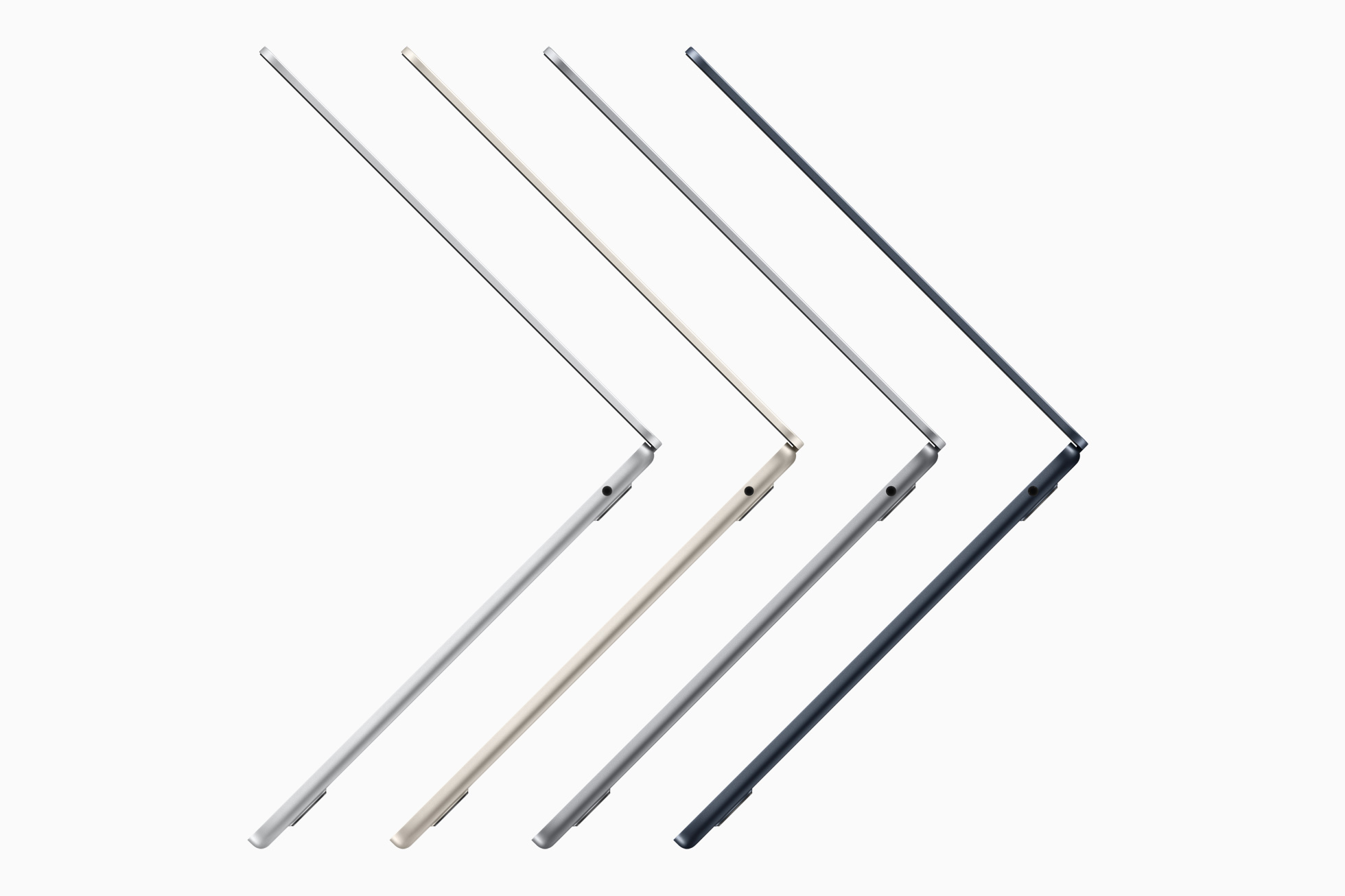
These new MacBook Airs have a Liquid Retina display, two Thunderbolt ports, a 3.5 mm audio jack and MagSafe charging.
We did a few video editing and post-production appearances in the keynote, once quite intriguing but more on that in a bit.
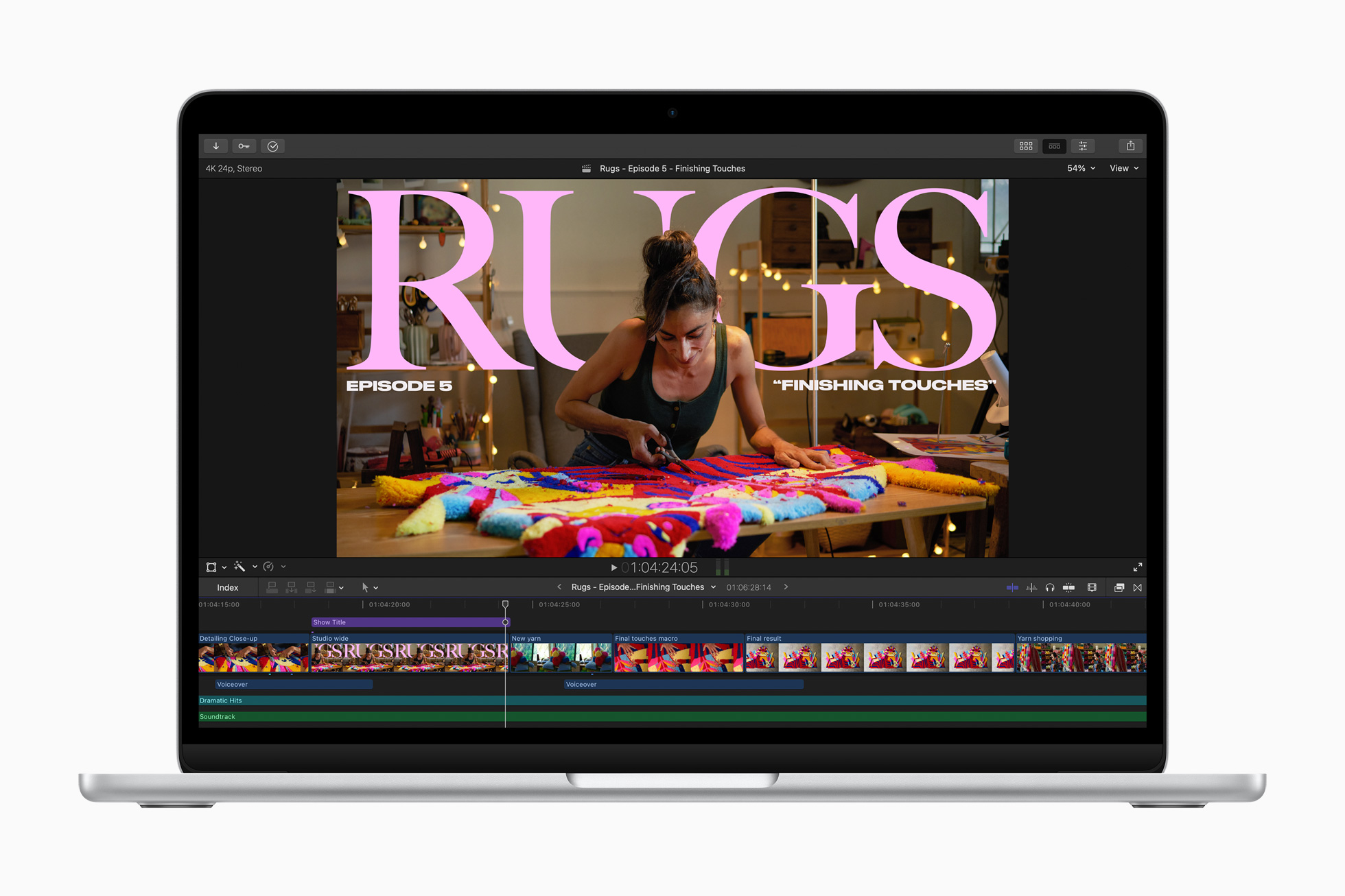
The official Apple information on the new M2 MacBook Air touts speed improvements for Final Cut Pro.
- For intensive workloads like editing complex timelines in Final Cut Pro, performance is nearly 40 percent faster than the previous generation,3 and up to 15x faster for customers that haven’t upgraded to Apple silicon.4
- And even with a larger display and increased performance, MacBook Air delivers the same great, all-day battery life as before, with up to 18 hours of video playback.
If you want to see what those footnotes are about check out the Apple press release about the new M2 MacBook Air.
Reference Mode for iPadOS
I think the most intriguing thing for video professionals out there was the mention of new display modes in iPadOS including Reference Mode.
It was introduced as “another feature for Mac that will be great for creative pros on iPad and that is Reference Color.” That’s what was said in the keynote.
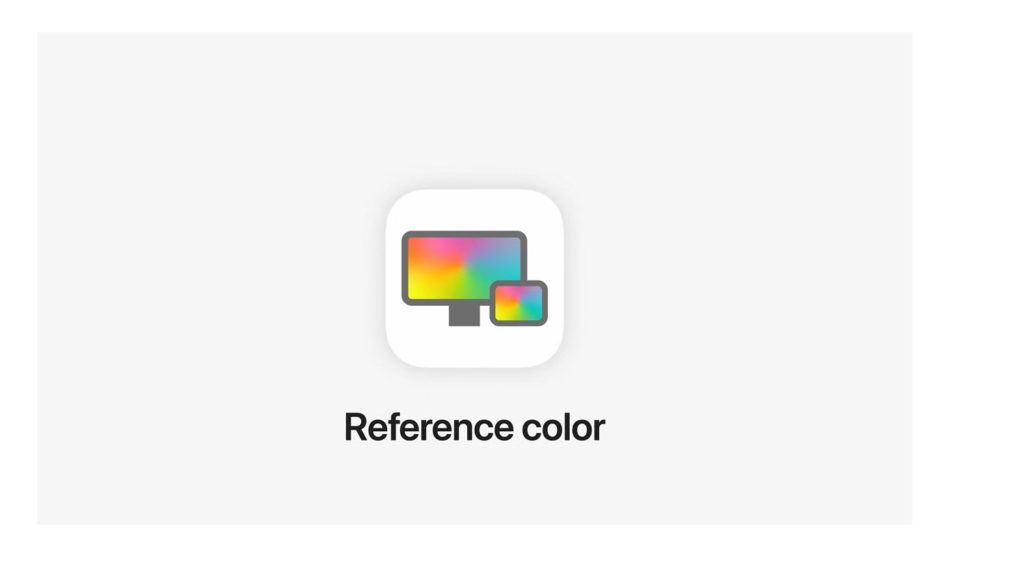
This is specifically geared toward the 12.9″ iPad Pro with the Liquid Retina XDR display. This whole section of the keynote talked about professional color workflows like “review and approve, color grading and compositing” and how it could be used in these kinds of workflows. The keynote showed a couple of images that are intriguing for video professionals.
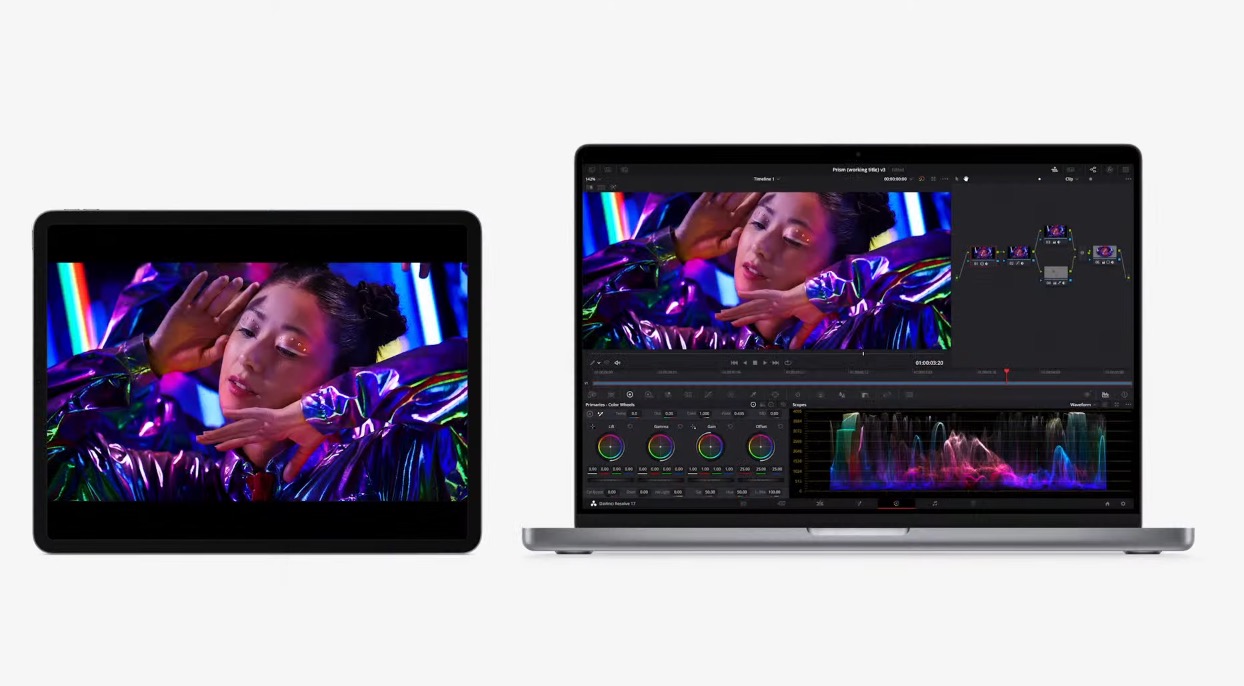
This image was shown as it was mentioned using the iPad Pro as a second display with Sidecar.
And this one is worth noting as well:
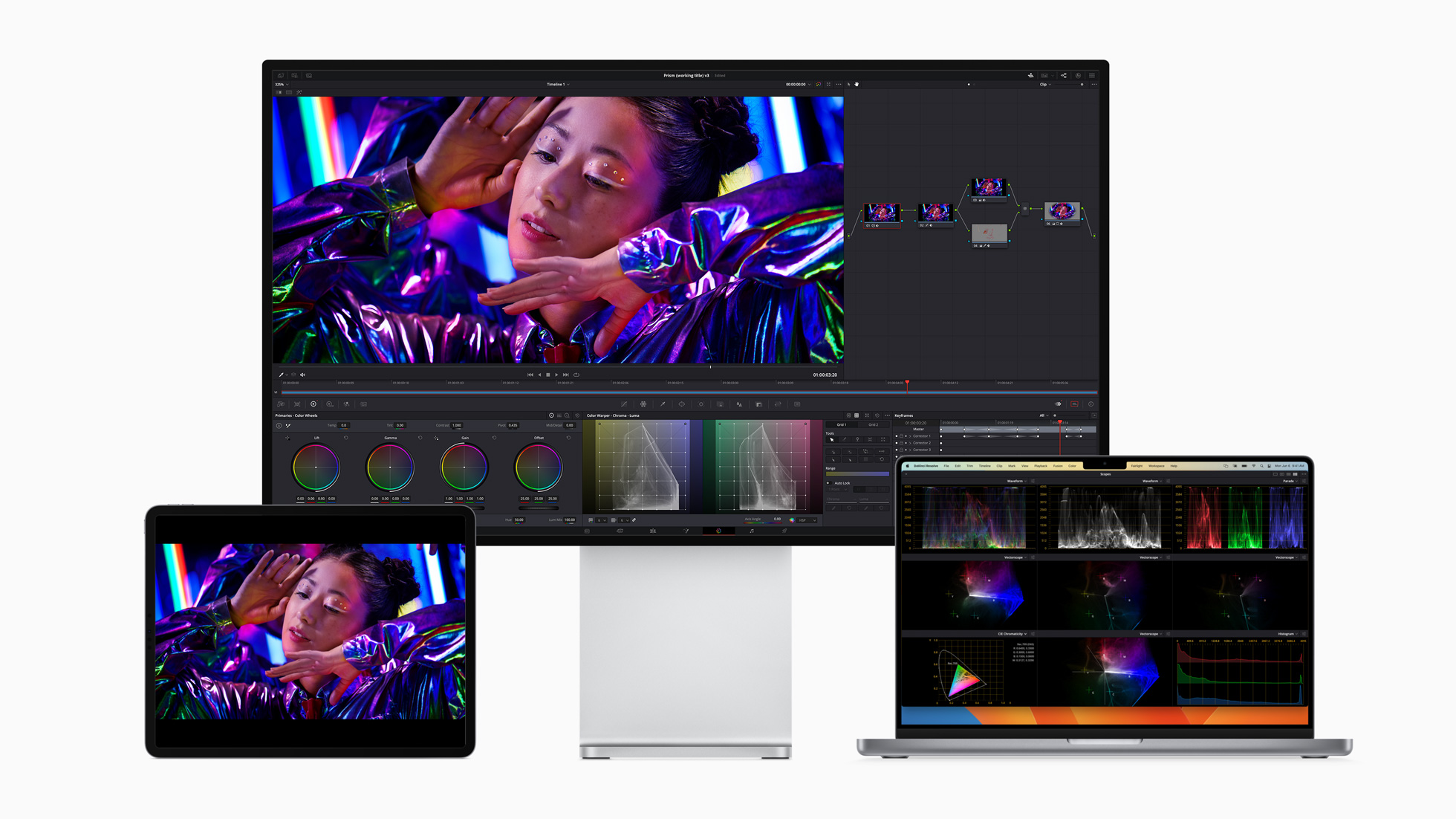
That’s having DaVinci Resolve’s interface on the main display, scopes on the MacBook Pro display and the full-screen image on the iPad Pro. Considering the quality of the iPad displays I’ve been intrigued by this idea since the iPad Pro and the Liquid Retina XDR display came out.
Another thing that was said about this in the keynote: “provides a consistent reference workflow across your pro devices.” That’s some pretty specific wording so I look forward to seeing this in action.
It sounds like this “reference workflow” will require the right Mac, the right MacOS, the right iPad and the right iPad OS but if you have those things it could be a nice addition to a lot of video setups. Head to the one-hour and 43-minute mark in the keynote to see this bit about Reference Color and Reference Mode.
This tweet from January caused a bit of discussion about just this topic.
Just did a virtual in HDR to an iPad Pro and it matched so closely I couldn’t believe it. @Apple has nailed the color science for sure.
— Dave Hussey (@Davehussey) January 20, 2022
And then I wondered this:
So then can it be acceptable to plug in iPad Pro into a Mac and then use a clean feed out to it as a poor man’s grading display? For web destined content at least?
— Scott Simmons (@editblog) January 20, 2022
While I don’t think an iPad of any size and proness will ever replace a good reference monitor like a Flanders Scientific an iPad Pro is smaller, cheaper, very useful and often there in your bag. I’ve used that gorgeous Liquid Retina XDR display quite a bit as a client monitor in both Resolve and Adobe Premiere Pro. While the iPad Pro doesn’t have true “video in” when connected via Sidecar you can have your NLE see it as a display and send a full, clean signal to it as a full screen display. I haven’t tried this with HDR and I don’t know the nuances of the color processing that happens as compared to a true reference display through an I/O box from Blackmagic or AJA, but it’s worked in a pinch. The Flanders displays still give me something to aspire to.

Filmtools
Filmmakers go-to destination for pre-production, production & post production equipment!
Shop Now